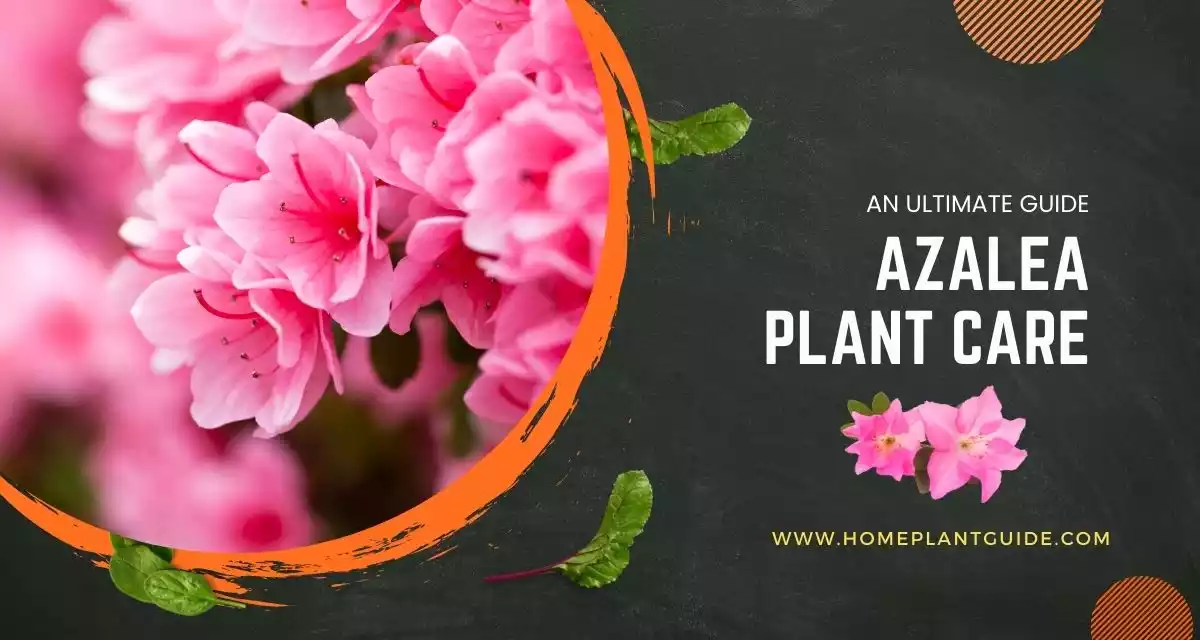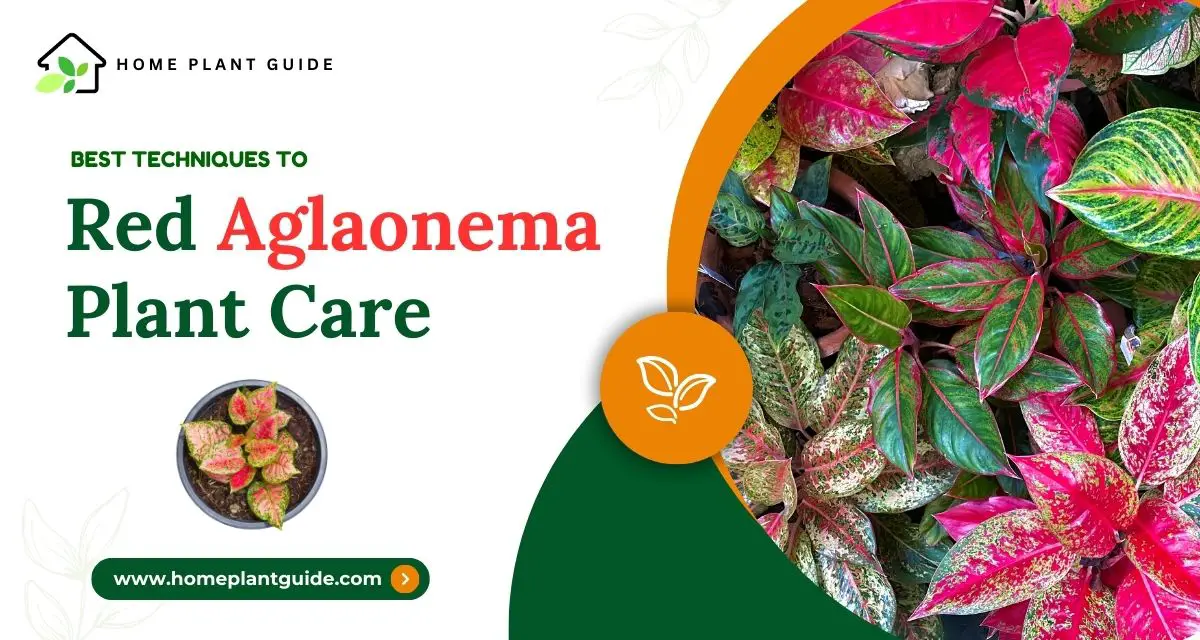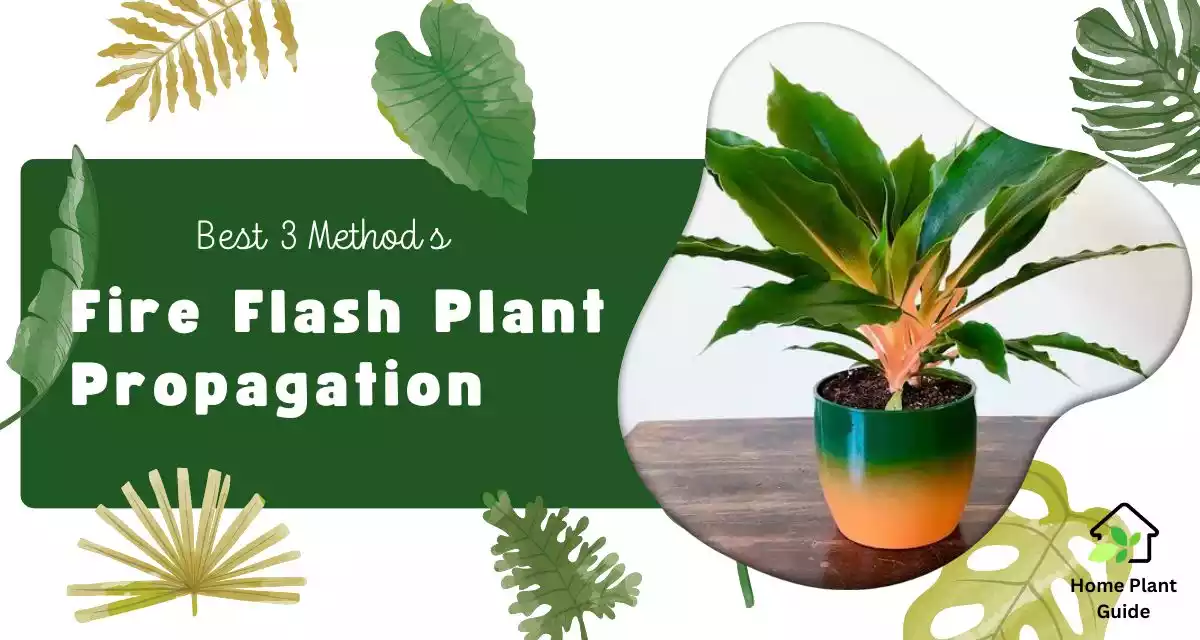The Dancing Dolphin plant is a popular tropical plant that is easy to take care of and adds a pop of colour to any room. It is important to understand the needs and requirements of this plant to ensure its healthy growth and longevity.
From proper placement and watering to fertilizers and repotting, it is essential to understand all aspects of caring for a Dancing Dolphin plant.

In this discussion, we will explore the basics of caring for a Dancing Dolphin plant. Including its ideal location, watering requirements, and fertilization.
We will also discuss its toxicity to pets and provide tips on how to safely keep it out of reach. Whether you are an experienced gardener or a first-time plant parent.
I hope these tips will help you a lot. Keep your Dancing Dolphin plant thriving.
In This Article
- 1 Characteristics of Dancing Dolphin Plant
- 2 My Dancing Dolphin Plant is Drooping: Troubleshooting Common Problems
- 3 Should You Prune Your Dancing Dolphin Plant?
- 4 How Often Should You Water a Dolphin Plant?
- 5 How to Care for Dancing Dolphin Plants in Water?
- 6 Dancing Dolphin Plant Columnea
- 7 Is the dancing dolphin plant toxic to cats?
- 8 Conclusion
- 9 FAQ:
Characteristics of Dancing Dolphin Plant
| Characteristic | Details |
|---|---|
| Scientific Name | Columnea species (also known as “Goldfish Plant” as well) |
| Growth Habit | Trailing or cascading vine |
| Leaf Color | Glossy, deep green |
| Flower Color | Bright orange, tubular flowers resembling goldfish or dolphins |
| Light Requirements | Bright, indirect light. Avoid direct sunlight, which can scorch leaves. |
| Water Requirements | Moist soil, but well-draining. |
| Humidity Preference | Moderate to high humidity. Consider misting the plant regularly or using a humidifier. |
| Propagation | Stem cuttings |
| Toxicity | Mildly toxic to pets and humans if ingested |
| Growing Season | Spring and summer |
My Dancing Dolphin Plant is Drooping: Troubleshooting Common Problems
There are a few things you can check to determine the cause of the problem if your dancing dolphin plant appears droopy.
Here are some common causes of drooping and their solutions:
Overwatering
Droopy leaves can be a sign of overwatering. Check the soil by sticking your finger into the pot about 1-2 inches. If it is wet, stop watering until the soil dries out.
Underwatering
Droopy leaves can also be a sign of underwatering. In this case, make sure the soil is completely dry before watering again. Then give the plant a thorough soak.
Insufficient light
Drooping leaves can sometimes be caused by insufficient light. Try moving the plant to a brighter spot and keep an eye on it for improvement.
Lack of nutrients
Drooping leaves can also indicate a lack of nutrients. In this case, you may need to add some fertilizer.
Pests control
Droopy leaves can be a sign of pests. Such as mealybugs or thrips. Inspect the plant and the soil for signs of pests. Take immediate action to eliminate them. Try to choose the correct pest control.
Should You Prune Your Dancing Dolphin Plant?
Yes, pruning can be beneficial for the health and growth of a dancing dolphin plant. Regular pruning can encourage new growth.
It prevents the plant from becoming too crowded and prevents diseases. Here are some steps to follow when pruning a dancing dolphin plant:
01 Use clean, sharp scissors
Pruning can be a good opportunity to clean up and beautify the plant. Use clean, sharp scissors or pruning shears to make clean cuts.
02 Do not prune too much
Over-pruning can result in reduced growth or slow recovery. So only prune the necessary amount.
03 Prune during the growing season
It is best to prune during the plant’s growing season, typically in spring or summer.
04 Repot if necessary
Repot the plant in a pot that is one to two inches larger in diameter than the current pot if the rootball is becoming crowded.
How Often Should You Water a Dolphin Plant?
How often you should water a dolphin plant depends on several factors. Such as the size of the pot and the potting mix used. Also, it depends on the temperature and humidity of your environment. Now I can explain it briefly:
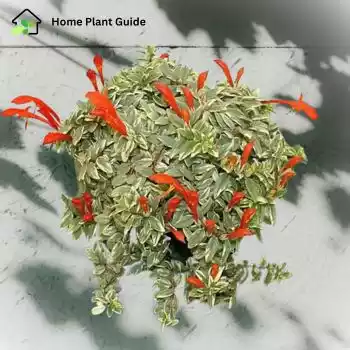
Pot size
A larger pot holds more moisture, so the plant will need water less frequently than one in a smaller container.
Potting mix
Need well-draining mixes for dry out faster. Require more frequent watering compared to denser mixes.
Environment
Warmer temperatures and lower humidity lead to faster evaporation, and need to provide more frequent watering.
Light
Plants receiving more light tend to dry out quicker and require more water than those in lower light conditions.
As a general rule, you should wait until the top inch or two of the soil has dried out before watering again. This helps prevent overwatering and root rot.
You can also check the weight of the pot or stick your finger into the soil to check for moisture.
Pro Tips
Take caution and water less frequently if you are not sure how often to water your dolphin plant.
Overwatering can lead to root rot and other issues. Wait until the plant shows signs of thirst before watering.
How to Care for Dancing Dolphin Plants in Water?
To care for Dancing Dolphin plants grown in water, follow these steps:
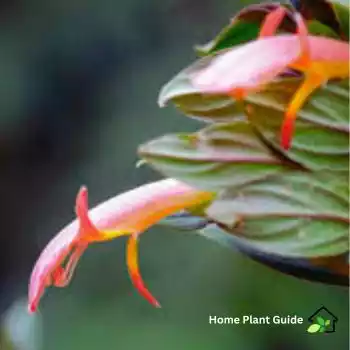
Step 1: Choose the right plant
Look for a healthy and well-established Dancing Dolphin plant that is not stressed or diseased. Avoid plants with yellowing leaves or spots.
Step 1: Prepare the reservoir
Choose a deep pot that can hold the water and enough space for the roots to grow. Clean the pot thoroughly to remove any debris or dirt before filling it with water.
Step 3: Add nutrients
Use a hydroponic nutrient solution specifically designed for water culture. Following the manufacturer’s instructions. The solution should contain water-soluble nutrients that the roots can absorb easily.
Step 4: Rinse and change the water
Change the water in the reservoir once a week or more frequently if it becomes green or cloudy. Give the plant a good rinse in clean water before putting it back in the pot.
Step 5: Monitor the roots
Inspect the roots for any signs of root rot or other issues. Trim away any dead or damaged roots and provide support if necessary.
Step 5: Move the plant
Keep the dancing dolphin plant in a bright warm spot with indirect light. If the dancing dolphin’s leaves start to droop, move it to a shadier spot.
Dancing Dolphin Plant Columnea
Columnea, also known as “dancing dolphins”, is a popular tropical plant. It is also one of the easiest plants to care for and can thrive in a variety of environments. Here are some tips for caring for a dancing dolphin plant:
Proper placement
Dancing dolphins thrive in areas with bright, indirect light. Such as near a window or under a grow light. Avoid placing them in direct sunlight as it can burn the leaves.
Watering
Dancing dolphins require consistent moisture. Water the plant thoroughly when the top inch of the soil feels dry to the touch. Make sure the pot has good drainage.
Fertilizer
Dancing dolphin plants do not require much fertilizer. Use a balanced fertilizer at half strength every couple of weeks during the growing season.
Cleaning
Remove dust from the leaves of the dancing dolphin plant periodically. Wipe with a damp cloth to prevent the accumulation of dust.
Pruning
Pruning is not recommended for dancing dolphin plants as they are slow-growing. However, if a branch becomes floppy, remove it by cutting it back to a node.
Is the dancing dolphin plant toxic to cats?
Both the plant and its sap contain calcium oxalate crystals. This can lead to a painful reaction called oxalate poisoning. This is not fatal, but it can be very uncomfortable for your pet.
If you have a cat, keep the dancing dolphin plant out of reach. If your cat has access to the plant, it is best to choose another option for a decorative plant.
Not all cats are affected by calcium oxalate crystals. Some cats may not be interested in plants at all. Be on the side of caution and choose a non-toxic option to be safe.
Pro Tips About Dancing Dolphin Plant
- Place the Dancing Dolphin plant in an area with bright, indirect light to help it thrive.
- Water the plant thoroughly when the top inch of the soil feels dry to the touch.
- Avoid direct sunlight as it can burn the leaves.
- Feed the plant with a balanced fertilizer at half strength every 1-2 months.
- Watch for signs of pests and disease and take action if necessary.
Conclusion
The Dancing Dolphin plant is a beautiful and unique plant that requires a little effort to care for. Also, it is rewarding to watch it grow and thrive.
Remember to choose the right location. Water it consistently and avoid using toxic fertilizers or insecticides. Your Dancing Dolphin plant can thrive in your home for many years to come with a little bit of love and care.
You can enjoy its beauty and unique characteristics with the right care and attention whether you are growing it as a houseplant or in water culture.
FAQ:
Q: How often should I water my Dancing Dolphin plant?
Water the Dancing Dolphin plant when the top inch or two of the soil feels dry to the touch.
Q: What kind of fertilizer should I use for my Dancing Dolphin plant?
Use a balanced fertilizer at half strength every 1-2 months. Make sure the fertilizer is specifically designed for houseplants and avoid using fertilizer if the plant is dormant.
Q: How much light does the Dancing Dolphin plant need?
It can tolerate low light but it grows best in bright and indirect light. Place it near a window or under a grow light, but avoid direct sunlight.
Read More Plantation Tips:
